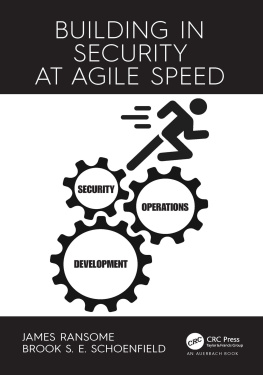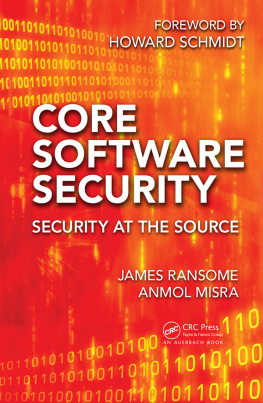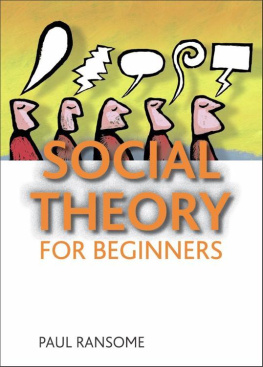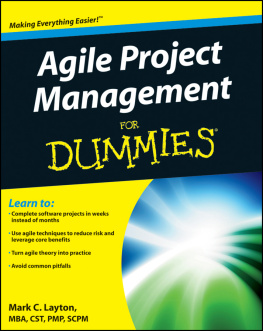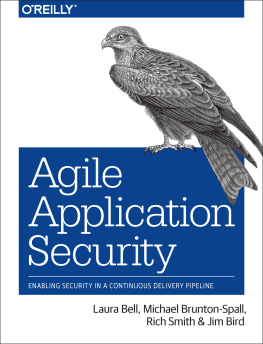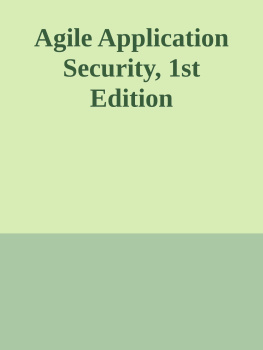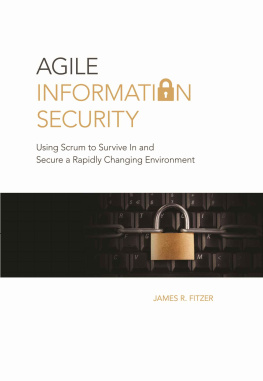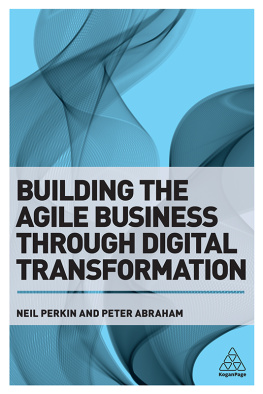James Ransome - Building in Security at Agile Speed
Here you can read online James Ransome - Building in Security at Agile Speed full text of the book (entire story) in english for free. Download pdf and epub, get meaning, cover and reviews about this ebook. year: 2021, publisher: CRC Press, genre: Romance novel. Description of the work, (preface) as well as reviews are available. Best literature library LitArk.com created for fans of good reading and offers a wide selection of genres:
Romance novel
Science fiction
Adventure
Detective
Science
History
Home and family
Prose
Art
Politics
Computer
Non-fiction
Religion
Business
Children
Humor
Choose a favorite category and find really read worthwhile books. Enjoy immersion in the world of imagination, feel the emotions of the characters or learn something new for yourself, make an fascinating discovery.
- Book:Building in Security at Agile Speed
- Author:
- Publisher:CRC Press
- Genre:
- Year:2021
- Rating:5 / 5
- Favourites:Add to favourites
- Your mark:
- 100
- 1
- 2
- 3
- 4
- 5
Building in Security at Agile Speed: summary, description and annotation
We offer to read an annotation, description, summary or preface (depends on what the author of the book "Building in Security at Agile Speed" wrote himself). If you haven't found the necessary information about the book — write in the comments, we will try to find it.
Building in Security at Agile Speed — read online for free the complete book (whole text) full work
Below is the text of the book, divided by pages. System saving the place of the last page read, allows you to conveniently read the book "Building in Security at Agile Speed" online for free, without having to search again every time where you left off. Put a bookmark, and you can go to the page where you finished reading at any time.
Font size:
Interval:
Bookmark:
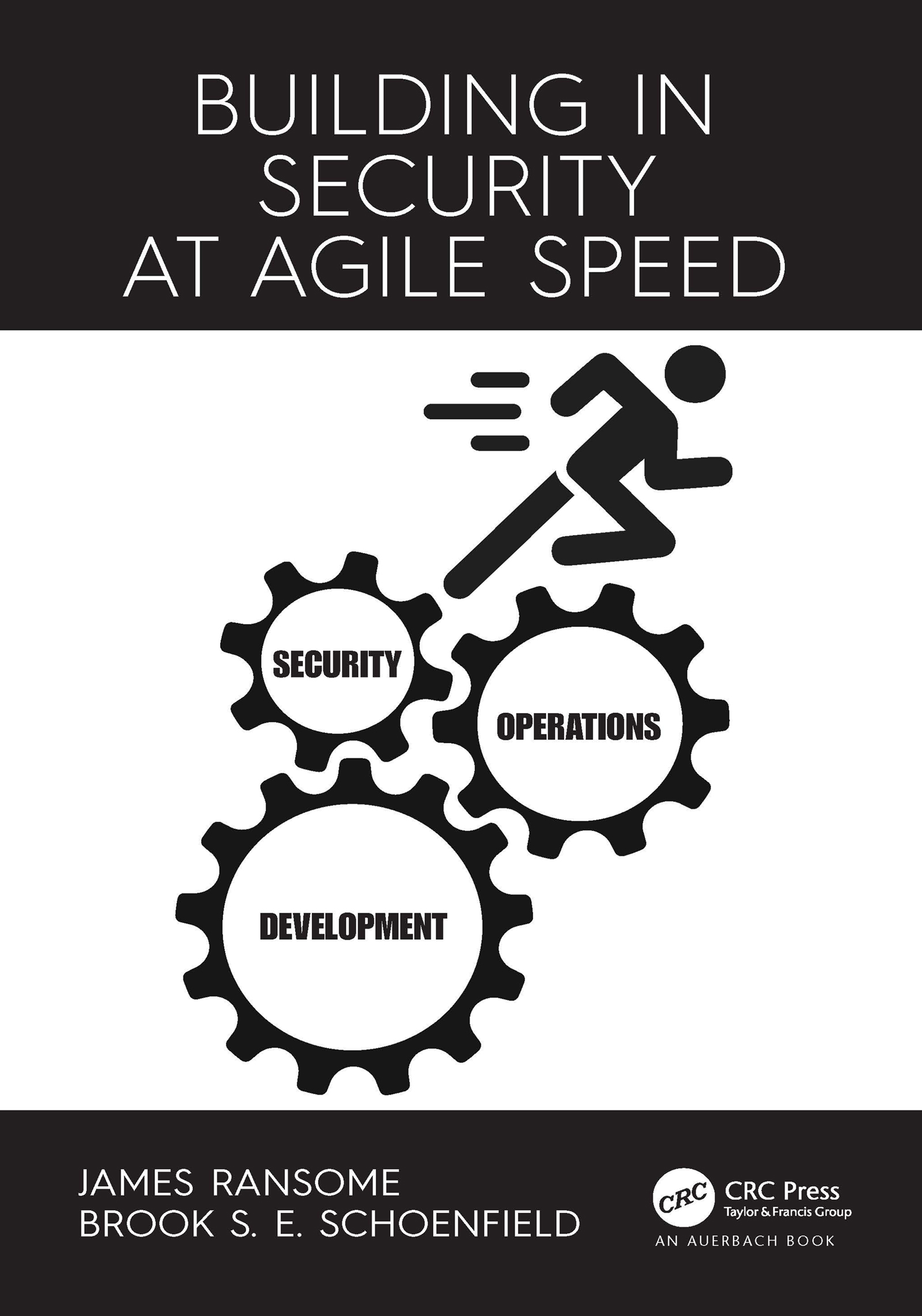
SECURITY
AT AGILE SPEED
SECURITY
AT AGILE SPEED
JAMES RANSOME
BROOK S. E. SCHOENFIELD
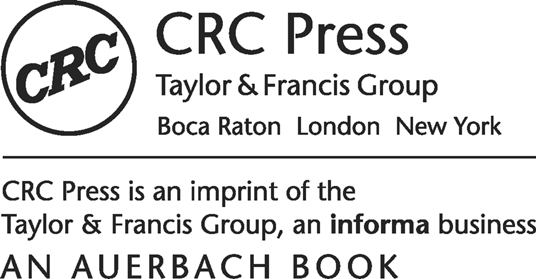
Material in this book is taken from the following books written by one or both of the authors, with permission from Taylor & Francis Group:
Core Software Security: Security at the Source / ISBN: 9781466560956 / 2013
Securing Systems: Applied Security Architecture and Threat Models / ISBN: 9781482233971 / 2015
Secrets of a Cyber Security Architect / ISBN: 9781498741996 / 2019
CRC Press
Taylor & Francis Group
6000 Broken Sound Parkway NW, Suite 300
Boca Raton, FL 33487-2742
2021 by Taylor & Francis Group, LLC
CRC Press is an imprint of Taylor & Francis Group, an Informa business
No claim to original U.S. Government works
Printed on acid-free paper
International Standard Book Number-13:
978-0-367-43326-0 (Hardback)
978-1-032-01005-2 (Paperback)
978-1-003-00245-1 (eBook)
This book contains information obtained from authentic and highly regarded sources. Reasonable efforts have been made to publish reliable data and information, but the author and publisher cannot assume responsibility for the validity of all materials or the consequences of their use. The authors and publishers have attempted to trace the copyright holders of all material reproduced in this publication and apologize to copyright holders if permission to publish in this form has not been obtained. If any copyright material has not been acknowledged please write and let us know so we may rectify in any future reprint.
Except as permitted under U.S. Copyright Law, no part of this book may be reprinted, reproduced, transmitted, or utilized in any form by any electronic, mechanical, or other means, now known or hereafter invented, including photocopying, microfilming, and recording, or in any information storage or retrieval system, without written permission from the publishers.
For permission to photocopy or use material electronically from this work, please access www.copyright.com (http://www.copyright.com/) or contact the Copyright Clearance Center, Inc. (CCC), 222 Rosewood Drive, Danvers, MA 01923, 978-750-8400. CCC is a not-for-profit organization that provides licenses and registration for a variety of users. For organizations that have been granted a photocopy license by the CCC, a separate system of payment has been arranged.
Trademark Notice: Product or corporate names may be trademarks or registered trademarks, and are used only for identification and explanation without intent to infringe.
Visit the Taylor & Francis Web site at
http://www.taylorandfrancis.com
and the CRC Press Web site at
http://www.crcpress.com
This book is dedicated to my parents, who taught me how to think outside the box, and to my teachers at Almond Avenue School, who taught me to both focus and multi-task at the same time, all at a very young age. This has served me well in this journey we call life.
James Ransome
A succeeding generation (to me) of software security specialists are well into their careers, people like (to name just a sample) Luis Servin, Damilare Fagbemi, Sandeep Kumar Singh, Subir Biswas, Francois Proulx, Zoe Braiterman, Jonathan Marcil, Kim Wuyts, and including, Im proud to say, my daughter, Allison Schoenfield. You must carry this work forward, critique it, refine it, recreate it. It is to you, and to those that follow whom you will teach, coach, and mentor, that I dedicate this work. Use what works; throw out what doesnt; reinvent as needed. However you shape and execute your version of software security, you must continue; our digital world is counting on you.
Brook S. E. Schoenfield
Software is changing the trajectory at which the world operates. From driverless cars to cryptocurrency, software reimagines possibilities. With software standing at the core of everything we do, we find ourselves pushing out code faster than ever. Current estimates show that there are over 111 billion lines of new code written per year. And our fixation on rapidly developing the latest technology has positioned security to be in the way, coming at a cost.
Its time to redefine the way we view security and see security as a value, not a cost. When we trust software, new economies are created. For example, todays e-commerce market is possible because of cryptographic protocols and software implementations for Transport Layer Security (TLS) to secure our browsers connections. As a result, todays online economy is the size of Spains gross domestic product (GDP). Security is an enabler for innovation. You cannot have innovation without security.
Today, however, were finding ourselves paying the price for neglecting this foundational element for innovation in favor of speed. Headline-worthy breaches and hacking demonstrations remind us of the debt weve accrued and must pay off. Although some may perceive this as a setback, I see the paradigm shift from software development to secure software development pivotal to the new wave of innovation yet to come. I believe that the implementation of DevSecOps as a formal process within organizations will make a mark on history, multiplying not only the scale but also the speed at which we will be able to push out ingenious solutions.
What do organizations who excel at creating trustworthy software do differently? Consider Google Chrome. Chrome is open source, meaning everyone has complete access to comb through the code to find new vulnerabilities. Chrome is a highly valued target. A single vulnerability could affect millions of users.
Googles Chrome development team has set up security as a process, not an end product. There are four fundamental steps:
Design your code with security in mind.
Find a bug or vulnerability in your code.
Fix the vulnerability, testing to make sure the patch is fit for purpose.
Field the fix into operations.
Google builds security into Chrome with their sandbox design. Chrome sandboxes limit the ability for any one component, for example, the movie player, to compromise the rest of Chrome. A secure SDLC goes beyond design and includes security testing. Chrome leverages tens of thousands of CPU cores to continuously probe for new vulnerabilities using fuzzing. If a vulnerability is found, they can field a fix to over 90% of the world within 30 days. All automatically, without a user having to click upgrade.
In Building In Security at Agile Speed, Dr. James Ransome and Brook S. E. Schoenfield have distilled down the best security lifecycle practices into one comprehensive book. They show both the how, as well as the why. The two juggernauts combine their industry experience to demystify continuous integration and continuous delivery (Cl/CD), DevSecOps, and continuous security so that it no longer remains an art that only the elite few know how to implement. The pair share my vision to democratize this knowledge and give back to the software security community that has given so much to us.
The new possibilities of technology hinge on our ability to execute the principles outlined in Building In Security at Agile Speed. With the knowledge we need to set forth, the future of technology is within reach, but it remains up to youall of usto courageously grasp for it.
I look to the future with confidence as we collaborate together to secure the worlds software.
Font size:
Interval:
Bookmark:
Similar books «Building in Security at Agile Speed»
Look at similar books to Building in Security at Agile Speed. We have selected literature similar in name and meaning in the hope of providing readers with more options to find new, interesting, not yet read works.
Discussion, reviews of the book Building in Security at Agile Speed and just readers' own opinions. Leave your comments, write what you think about the work, its meaning or the main characters. Specify what exactly you liked and what you didn't like, and why you think so.

